Winnipeg Police Caught Manipulating Accident Data. Again.
The Winnipeg, Canada, Police Service has been caught a second time underreporting the number of accidents at red light camera intersections in order to make the lucrative program appear effective. The Winnipeg City Auditor was first to note the police tactic in a 2006 audit report. This week, the Winnipeg Sun found the police are still using the same technique to protect a program which generated $14,086,804 CAD in revenue for 2008.
Officials frequently dismiss such increases by claiming only the number of insignificant “fender benders” changed. The 2006 audit report included data proving the greatest increase in accidents actually occurred in the most serious category of collisions.
Winnipeg is not the first police agency to be caught fudging photo enforcement figures. In 2006, the UK Statistics Commission, an independent government agency, issued a statement condemning what it called the “known undercounting of road accidents in police statistics.”
The board had been following research published in the British Medical Journal that showed a significant discrepancy between actual hospital records and injury statistics provided by police agencies that were being used to report a similar 30 percent reduction in serious injury accidents where speed cameras were used. The hospital data showed a slight increase in the number of injuries.
More by Robert Farago
Latest Car Reviews
Read moreLatest Product Reviews
Read moreRecent Comments
- Turbo Is Black Magic My wife had one of these back in 06, did a ton of work to it… supercharger, full exhaust, full suspension.. it was a blast to drive even though it was still hilariously slow. Great for drive in nights, open the hatch fold the seats flat and just relax.Also this thing is a great example of how far we have come in crash safety even since just 2005… go look at these old crash tests now and I cringe at what a modern electric tank would do to this thing.
- MaintenanceCosts Whenever the topic of the xB comes up…Me: "The style is fun. The combination of the box shape and the aggressive detailing is very JDM."Wife: "Those are ghetto."Me: "They're smaller than a Corolla outside and have the space of a RAV4 inside."Wife: "Those are ghetto."Me: "They're kind of fun to drive with a stick."Wife: "Those are ghetto."It's one of a few cars (including its fellow box, the Ford Flex) on which we will just never see eye to eye.
- Oberkanone The alternative is a more expensive SUV. Yes, it will be missed.
- Ajla I did like this one.
- Zerofoo No, I won't miss this Chevrolet Malibu. It's a completely forgettable car. Who in their right mind would choose this over a V8 powered charger at the rental counter? Even the V6 charger is a far better drive.





















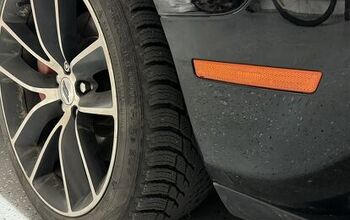
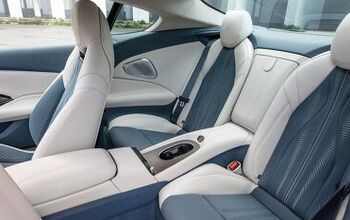

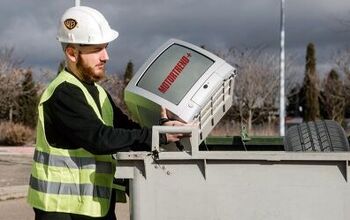



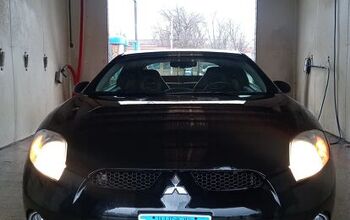


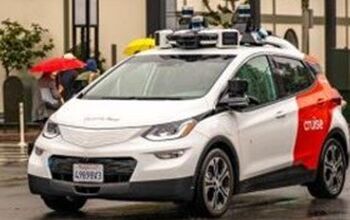
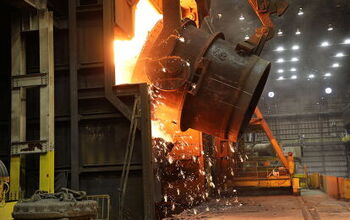

Comments
Join the conversation
This kind of stuff really makes my blood boil.
@ ConspicuousLurker Yes, this is the thin edge of the wedge towards something close to total social dissolution. When the agents of the state are regarded as positively inimical by the general populace, one suspects that some very bad things are in store, indeed.